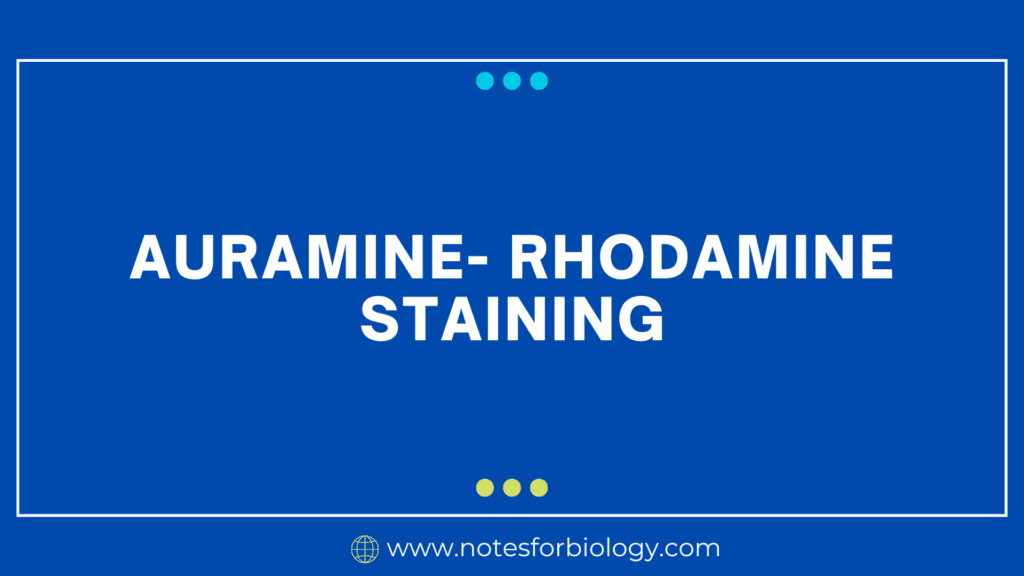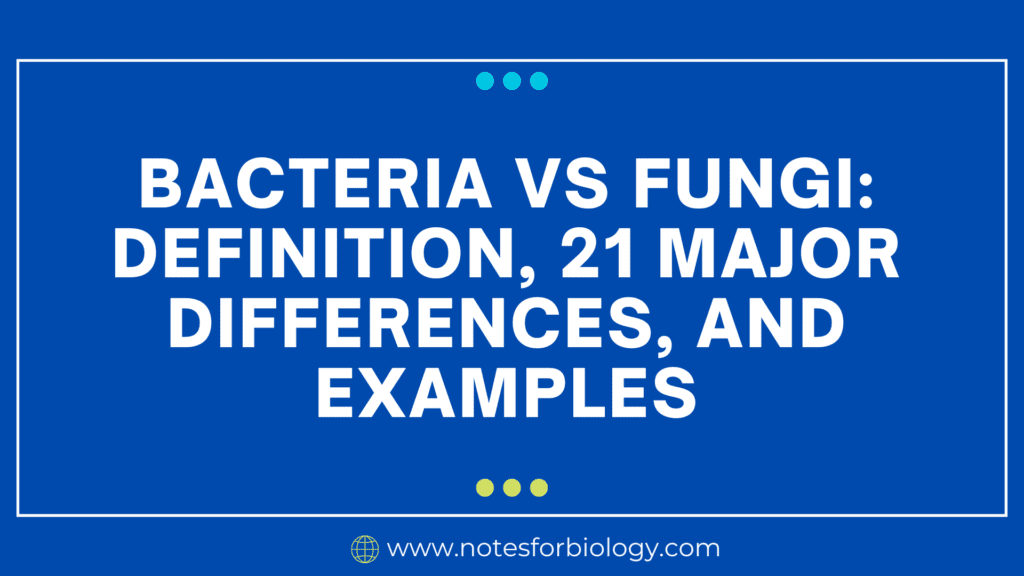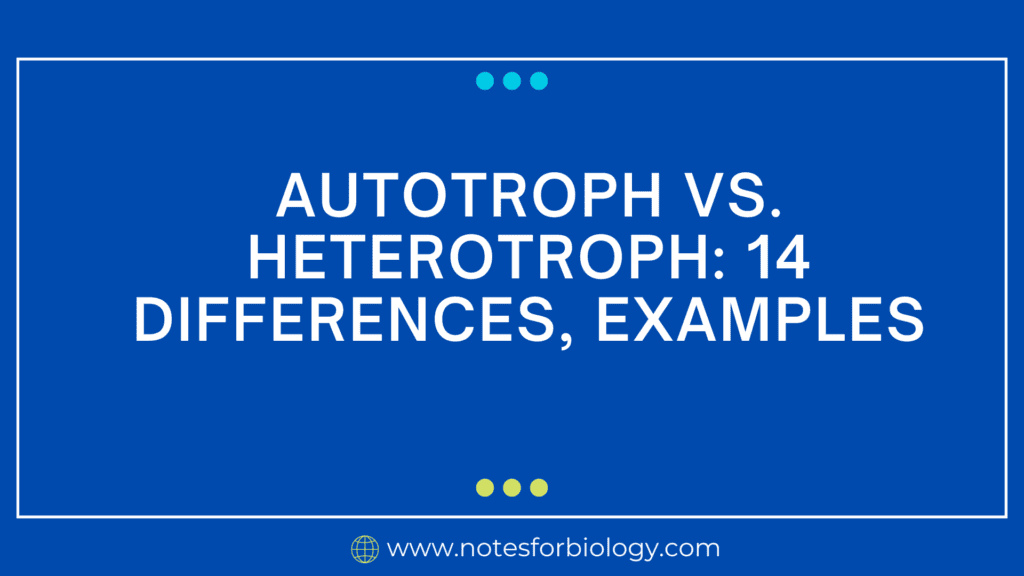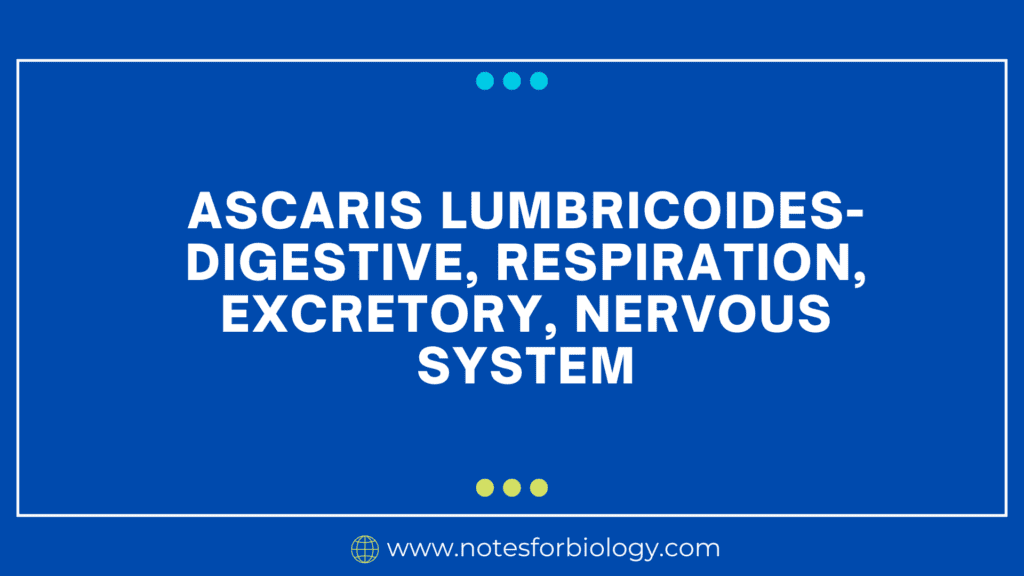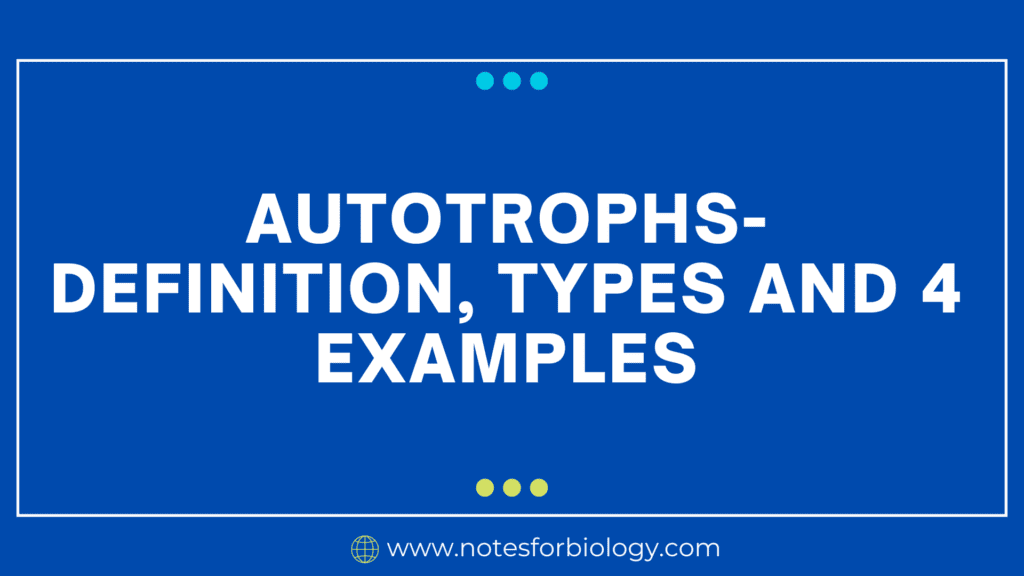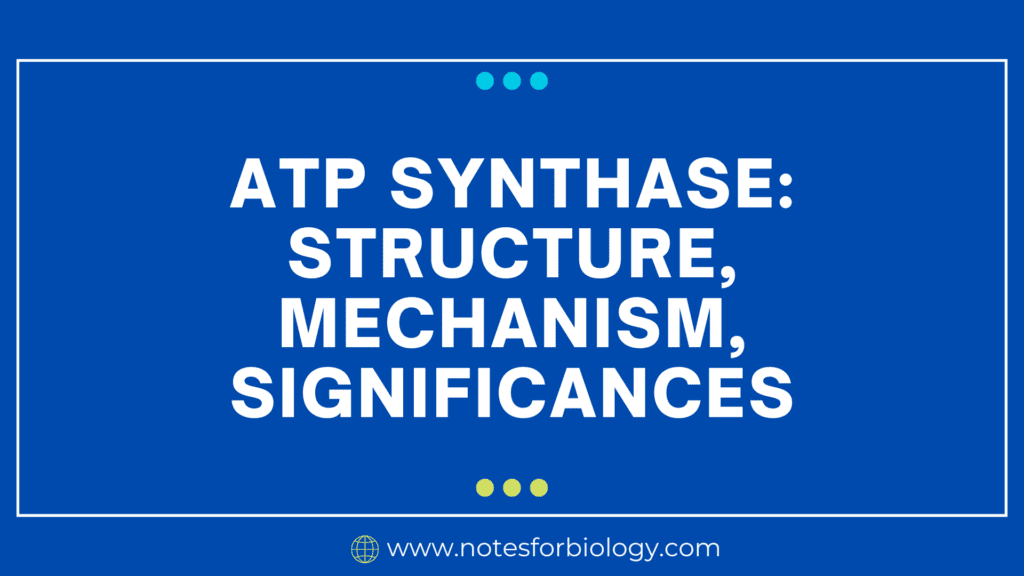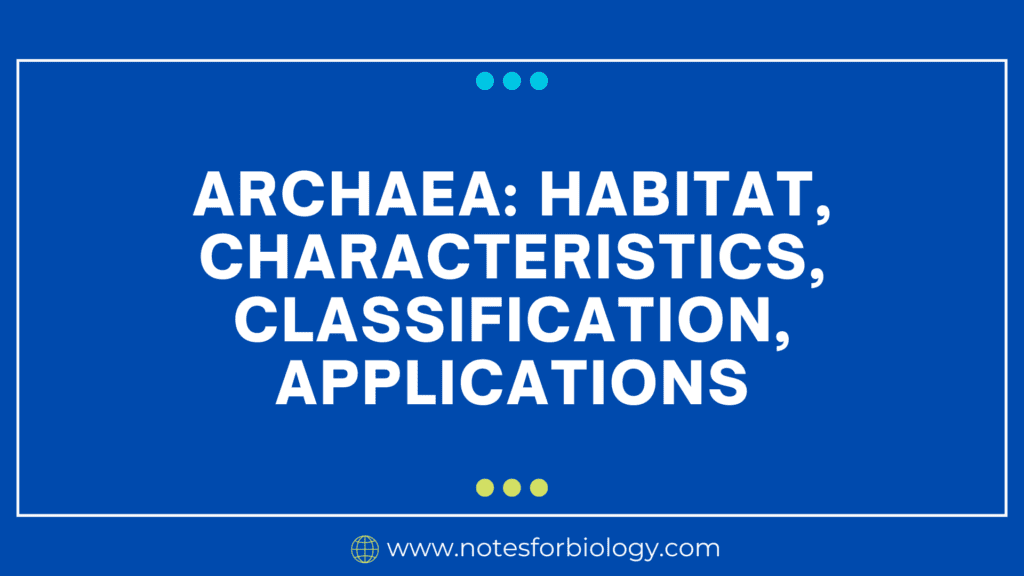Auramine-Rhodamine Staining
The main application of auramine-rhodamine staining, a fluorescent staining method, is the identification of acid-fast bacteria, particularly Mycobacterium species like Mycobacterium tuberculosis. This technique takes advantage of specific dyes’ characteristics to attach to the mycolic acid in acid-fast organisms’ cell walls and cause them to fluoresce when viewed using a fluorescence microscope. An age of […]

